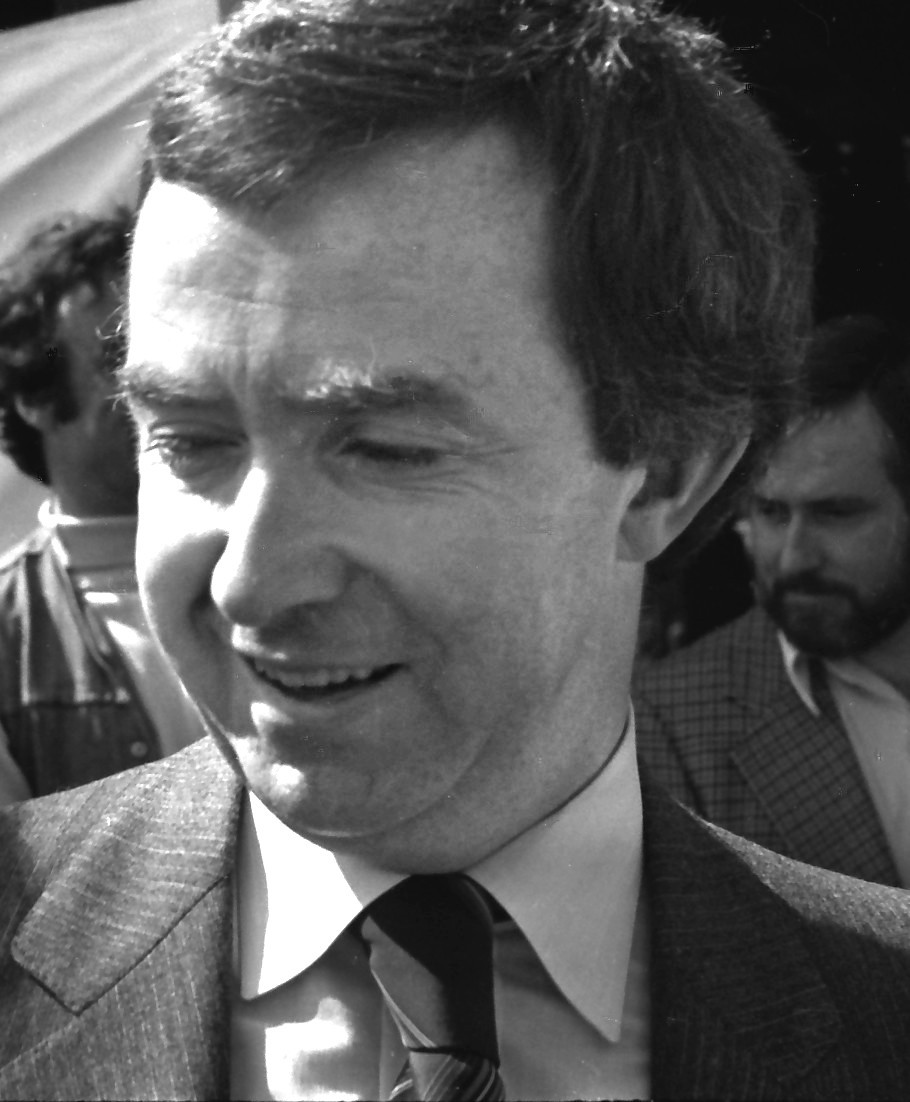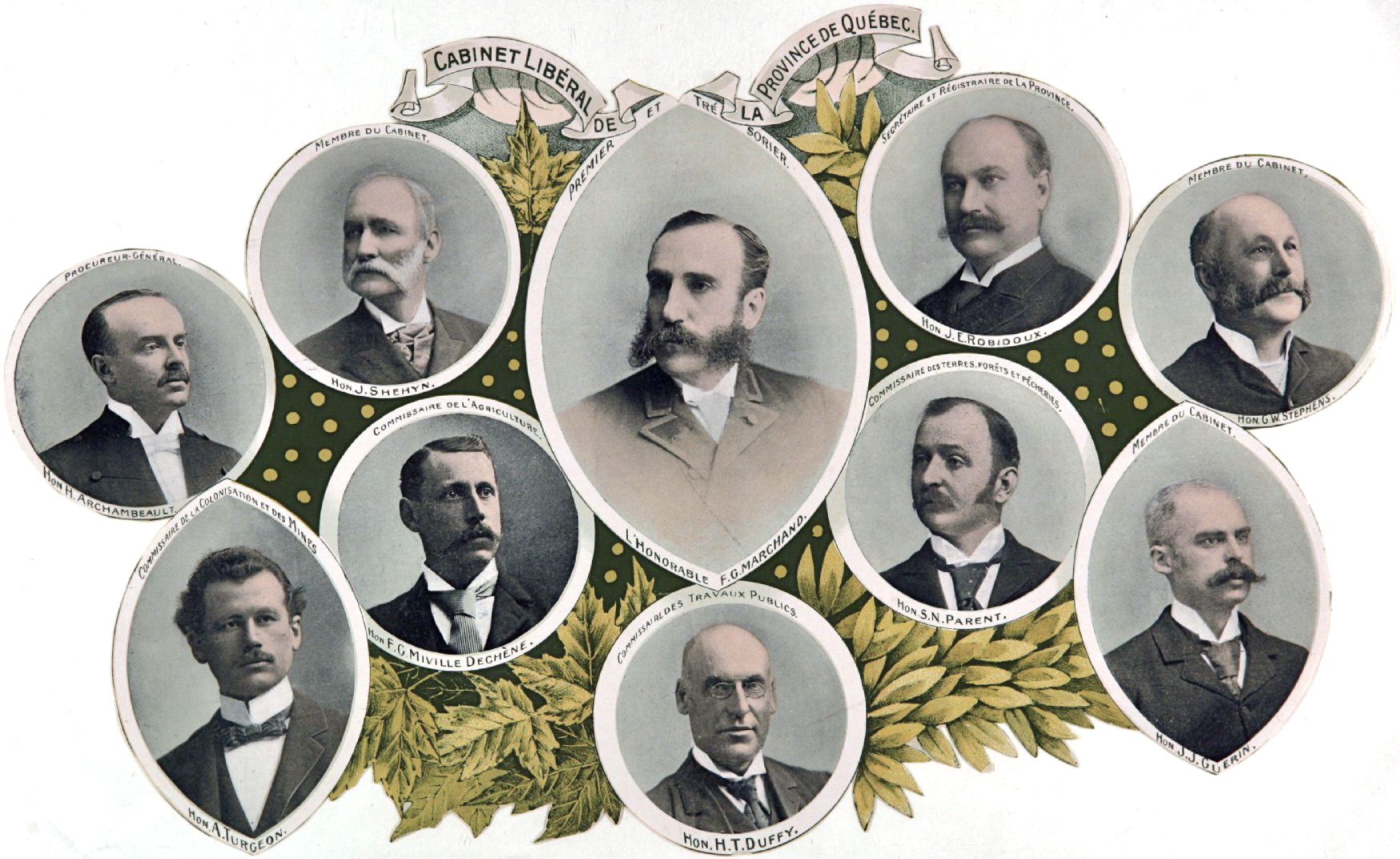|
1976 Progressive Conservative Leadership Election
The 1976 Progressive Conservative leadership election was held at the Ottawa Civic Centre in Ottawa on February 22, 1976, to elect a leader of the Progressive Conservative Party of Canada to replace Robert Stanfield, who had resigned after losing the 1968, 1972, and 1974 elections. It unexpectedly elected a 36-year-old, little-known PC Member of Parliament from Alberta as the party's new leader. Joe Clark defeated Claude Wagner on the fourth ballot of the convention by a margin of 65 votes. The convention's delegates were elected by the party's riding associations, along with the party's youth, campus and women's associations. There were also numerous ''ex officio'' delegates, including PC Members of Parliament, defeated candidates from the previous election, members of provincial legislatures, members of the party's national executive and the executives of provincial parties affiliated to the federal party. Delegates cast secret ballots, so their votes were not "tied" to any ... [...More Info...] [...Related Items...] OR: [Wikipedia] [Google] [Baidu] |
Ottawa, Ontario
Ottawa (, ; Canadian French: ) is the capital city of Canada. It is located at the confluence of the Ottawa River and the Rideau River in the southern portion of the province of Ontario. Ottawa borders Gatineau, Quebec, and forms the core of the Ottawa–Gatineau census metropolitan area (CMA) and the National Capital Region (NCR). Ottawa had a city population of 1,017,449 and a metropolitan population of 1,488,307, making it the fourth-largest city and fourth-largest metropolitan area in Canada. Ottawa is the political centre of Canada and headquarters to the federal government. The city houses numerous foreign embassies, key buildings, organizations, and institutions of Canada's government, including the Parliament of Canada, the Supreme Court, the residence of Canada's viceroy, and Office of the Prime Minister. Founded in 1826 as Bytown, and incorporated as Ottawa in 1855, its original boundaries were expanded through numerous annexations and were ultimately ... [...More Info...] [...Related Items...] OR: [Wikipedia] [Google] [Baidu] |
Liberal Party Of Canada
The Liberal Party of Canada (french: Parti libéral du Canada, region=CA) is a federal political party in Canada. The party espouses the principles of liberalism,McCall, Christina; Stephen Clarkson"Liberal Party". ''The Canadian Encyclopedia''. and generally sits at the centre to centre-left of the Canadian political spectrum, with their rival, the Conservative Party, positioned to their right and the New Democratic Party, who at times aligned itself with the Liberals during minority governments, positioned to their left. The party is described as "big tent",PDF copy at UBC Press. practising "brokerage politics", attracting support from a broad spectrum of voters. The Liberal Party is the longest-serving and oldest active federal political party in the country, and has dominated federal [...More Info...] [...Related Items...] OR: [Wikipedia] [Google] [Baidu] |
Quebec
Quebec ( ; )According to the Canadian government, ''Québec'' (with the acute accent) is the official name in Canadian French and ''Quebec'' (without the accent) is the province's official name in Canadian English is one of the thirteen provinces and territories of Canada. It is the largest province by area and the second-largest by population. Much of the population lives in urban areas along the St. Lawrence River, between the most populous city, Montreal, and the provincial capital, Quebec City. Quebec is the home of the Québécois nation. Located in Central Canada, the province shares land borders with Ontario to the west, Newfoundland and Labrador to the northeast, New Brunswick to the southeast, and a coastal border with Nunavut; in the south it borders Maine, New Hampshire, Vermont, and New York in the United States. Between 1534 and 1763, Quebec was called ''Canada'' and was the most developed colony in New France. Following the Seven Years' War ... [...More Info...] [...Related Items...] OR: [Wikipedia] [Google] [Baidu] |
Liberal Party Of Quebec
The Quebec Liberal Party (QLP; french: Parti libéral du Québec, PLQ) is a provincial political party in Quebec. It has been independent of the federal Liberal Party of Canada since 1955. The QLP has always been associated with the colour red; each of their main opponents in different eras have been generally associated with the colour blue. The QLP has traditionally supported a form of Quebec federalist ideology with nuanced Canadian nationalist tones that supports Quebec remaining within the Canadian federation, while also supporting reforms that would allow substantial autonomism in Quebec. In the context of federal Canadian politics,Haddow and Klassen 2006 ''Partisanship, Globalization, and Canadian Labour Market Policy''. University of Toronto Press. it is a more centrist party when compared to Conservative and Liberal parties in other provinces, such as the British Columbia Liberal Party. History Pre-Confederation The Liberal Party is descended from the Parti cana ... [...More Info...] [...Related Items...] OR: [Wikipedia] [Google] [Baidu] |
Superdelegates
In American politics, a superdelegate is an unpledged delegate to the Democratic National Convention who is seated automatically and chooses for themselves for whom they vote. These Democratic Party superdelegates (who make up slightly under 15% of all convention delegates) include party leaders and elected officials (PLEOs). Democratic superdelegates are free to support any candidate for the presidential nomination. This contrasts with pledged delegates who are selected based on the party primaries and caucuses in each U.S. state, in which voters choose among candidates for the party's presidential nomination. On August 25, 2018, the Democratic National Committee agreed to reduce the influence of superdelegates by generally preventing them from voting on the first ballot at the Democratic National Convention, allowing their votes only in a contested nomination. Superdelegates are not involved in the Republican Party nomination process. The state chairman and two district-lev ... [...More Info...] [...Related Items...] OR: [Wikipedia] [Google] [Baidu] |
Electoral District (Canada)
An electoral district in Canada is a geographical constituency upon which Canada's representative democracy is based. It is officially known in Canadian French as a ''circonscription'' but frequently called a ''comté'' ( county). In English it is also colloquially and more commonly known as a riding or constituency. Each federal electoral district returns one Member of Parliament (MP) to the House of Commons of Canada; each provincial or territorial electoral district returns one representative—called, depending on the province or territory, Member of the Legislative Assembly (MLA), Member of the National Assembly (MNA), Member of Provincial Parliament (MPP) or Member of the House of Assembly (MHA)—to the provincial or territorial legislature. Since 2015, there have been 338 federal electoral districts in Canada. In provincial and territorial legislatures, the provinces and territories each set their own number of electoral districts independently of their federal r ... [...More Info...] [...Related Items...] OR: [Wikipedia] [Google] [Baidu] |
Alberta
Alberta ( ) is one of the thirteen provinces and territories of Canada. It is part of Western Canada and is one of the three prairie provinces. Alberta is bordered by British Columbia to the west, Saskatchewan to the east, the Northwest Territories (NWT) to the north, and the U.S. state of Montana to the south. It is one of the only two landlocked provinces in Canada (Saskatchewan being the other). The eastern part of the province is occupied by the Great Plains, while the western part borders the Rocky Mountains. The province has a predominantly continental climate but experiences quick temperature changes due to air aridity. Seasonal temperature swings are less pronounced in western Alberta due to occasional Chinook winds. Alberta is the fourth largest province by area at , and the fourth most populous, being home to 4,262,635 people. Alberta's capital is Edmonton, while Calgary is its largest city. The two are Alberta's largest census metropolitan areas. More th ... [...More Info...] [...Related Items...] OR: [Wikipedia] [Google] [Baidu] |
Member Of Parliament
A member of parliament (MP) is the representative in parliament of the people who live in their electoral district. In many countries with bicameral parliaments, this term refers only to members of the lower house since upper house members often have a different title. The terms congressman/congresswoman or deputy are equivalent terms used in other jurisdictions. The term parliamentarian is also sometimes used for members of parliament, but this may also be used to refer to unelected government officials with specific roles in a parliament and other expert advisers on parliamentary procedure such as the Senate Parliamentarian in the United States. The term is also used to the characteristic of performing the duties of a member of a legislature, for example: "The two party leaders often disagreed on issues, but both were excellent parliamentarians and cooperated to get many good things done." Members of parliament typically form parliamentary groups, sometimes called cauc ... [...More Info...] [...Related Items...] OR: [Wikipedia] [Google] [Baidu] |
1974 Canadian Federal Election
The 1974 Canadian federal election was held on July 8, 1974, to elect members of the House of Commons of Canada of the 30th Parliament of Canada. The governing Liberal Party was reelected, going from a minority to a majority government, and gave Prime Minister Pierre Trudeau his third term. The Progressive Conservatives, led by Robert Stanfield, did well in the Atlantic provinces, and in the West, but the Liberal support in Ontario and Quebec ensured a majority Liberal government. Overview The previous election had resulted in the Liberals emerging as the largest party, but far short of a majority, and only two seats ahead of the Progressive Conservatives. They were able to form a government with the support of the New Democratic Party, but the NDP withdrew their backing in May 1974 and voted with the Progressive Conservatives to bring down Trudeau's government in protest of a budget proposed by finance minister John Turner, which the opposition parties felt did not go far e ... [...More Info...] [...Related Items...] OR: [Wikipedia] [Google] [Baidu] |
1972 Canadian Federal Election
The 1972 Canadian federal election was held on October 30, 1972, to elect members of the House of Commons of Canada of the 29th Parliament of Canada. It resulted in a slim victory for the governing Liberal Party, which won 109 seats, compared to 107 seats for the opposition Progressive Conservatives. A further 48 seats were won by other parties and independents. On election night, the results appeared to give 109 seats to the Tories, but once the counting had finished the next day, the final results gave the Liberals a minority government and left the New Democratic Party led by David Lewis holding the balance of power. See 29th Canadian parliament for a full list of MPs elected. Overview The election was the second fought by Liberal leader, Prime Minister Pierre Trudeau. The Liberals entered the election high in the polls, but the spirit of Trudeaumania had worn off, and a slumping economy hurt his party. The Tories were led by Robert Stanfield, the former premier of ... [...More Info...] [...Related Items...] OR: [Wikipedia] [Google] [Baidu] |
1968 Canadian Federal Election
The 1968 Canadian federal election was held on June 25, 1968, to elect members of the House of Commons of Canada of the 28th Parliament of Canada. In April 1968, Prime Minister Lester Pearson of the Liberal Party resigned as party leader as a result of declining health and failing to win a majority government in two attempts. He was succeeded by his Minister of Justice and Attorney General Pierre Trudeau, who called an election immediately after becoming prime minister. Trudeau's charisma appealed to Canadian voters; his popularity was known as " Trudeaumania" and helped him win a comfortable majority. Robert Stanfield's Progressive Conservatives lost seats whereas the New Democratic Party's support stayed the same. Parties and campaigns Prime Minister Lester B. Pearson had announced in December 1967 that he would retire early in the following year, calling a new leadership election for the following April to decide on a successor. In February 1968, however, Pearson's gove ... [...More Info...] [...Related Items...] OR: [Wikipedia] [Google] [Baidu] |






_cropped.jpg)